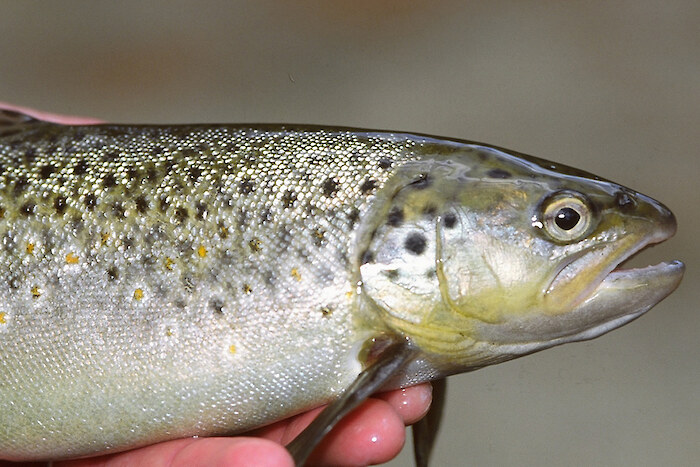
Water temperature affects ecosystem health both directly and indirectly. Temperature directly affects the metabolic rates and biological activity of plants and animals. For example, the timing of the early spring hatch of trout is controlled by temperature, while the rate at which plants grow increases with increased water temperature. Fish generally prefer cooler water temperatures. Extended exposure to temperatures above 24°C (75.2°F) is lethal for brook trout, and extended exposure to temperatures above 29°C (84.2°F) is lethal for most fish. Temperature can also alter water's physical and chemical properties, affecting, for example, pollutant toxicity, dissolved oxygen and other dissolved gas concentrations, conductivity, pH (acidity), and water density.
Water temperature scores are calculated by comparing published fish tolerances, Massachusetts water quality standards, and EPA-recommended criteria. Separate scoring curves are used for water bodies depending on their designation as cold-water fisheries (tributary streams only), warm water fisheries, or warm water aquatic life. Some tributary streams are suitable for cold-water fish, like native brook trout, but the rivers are not.
